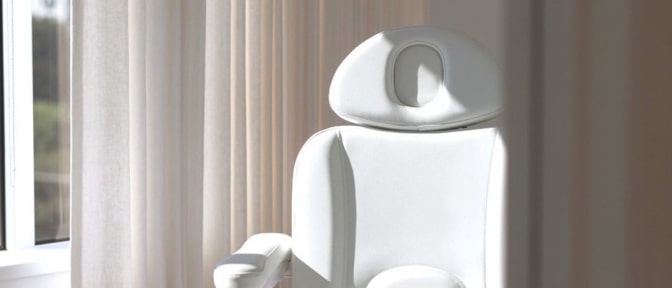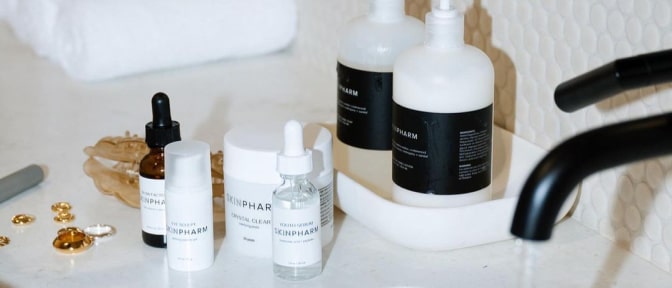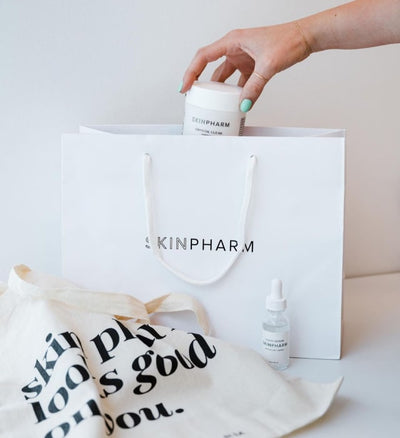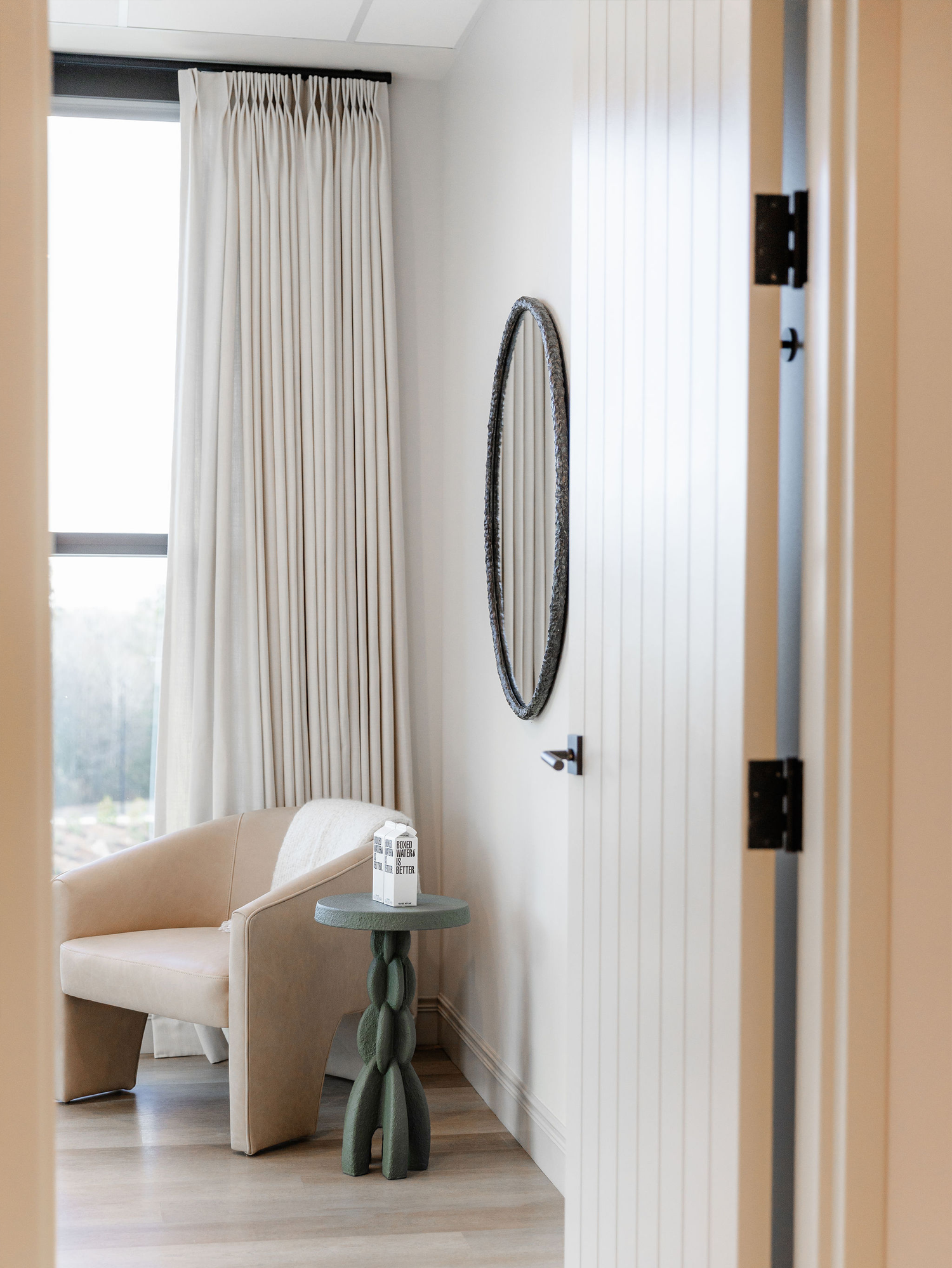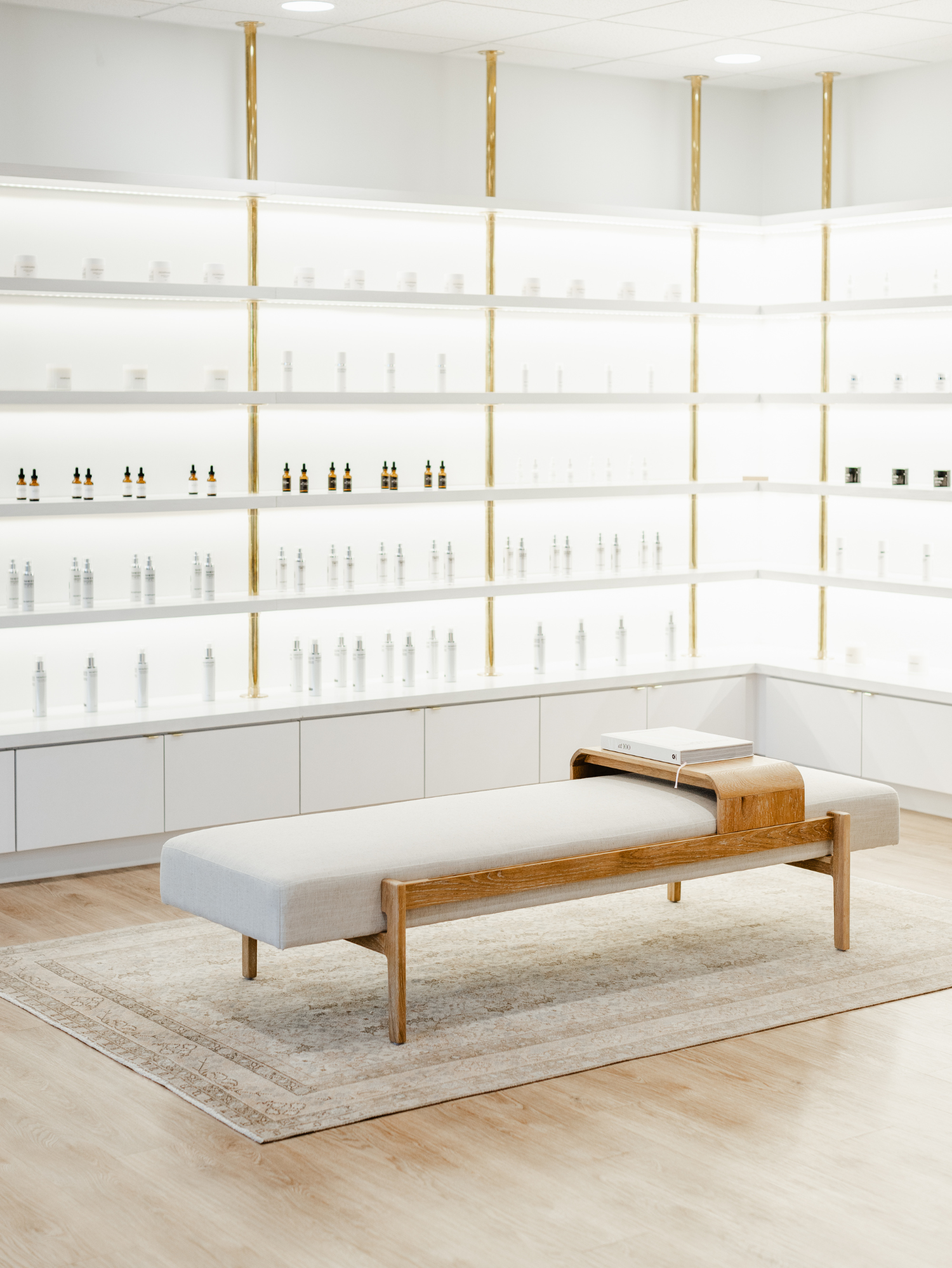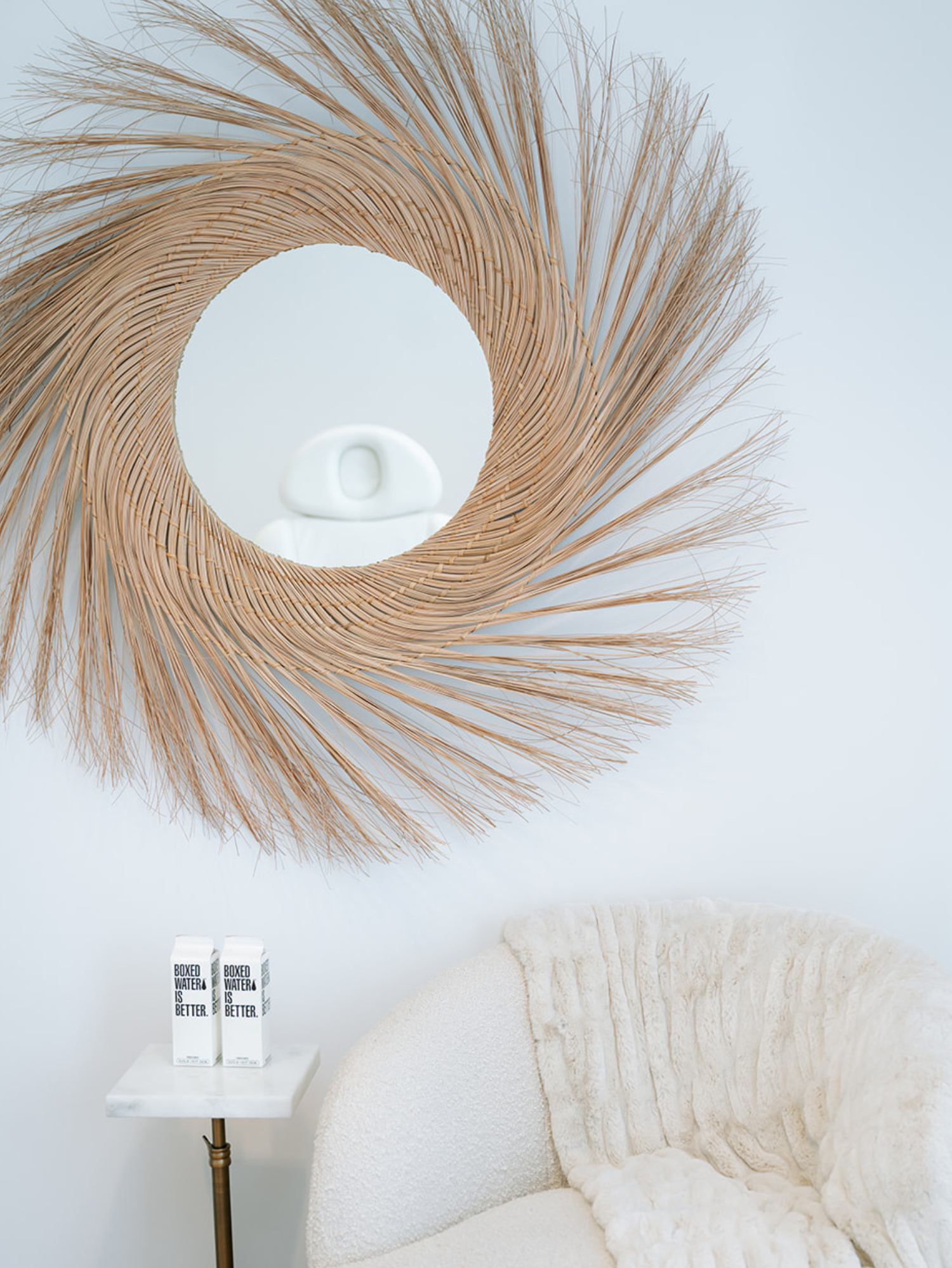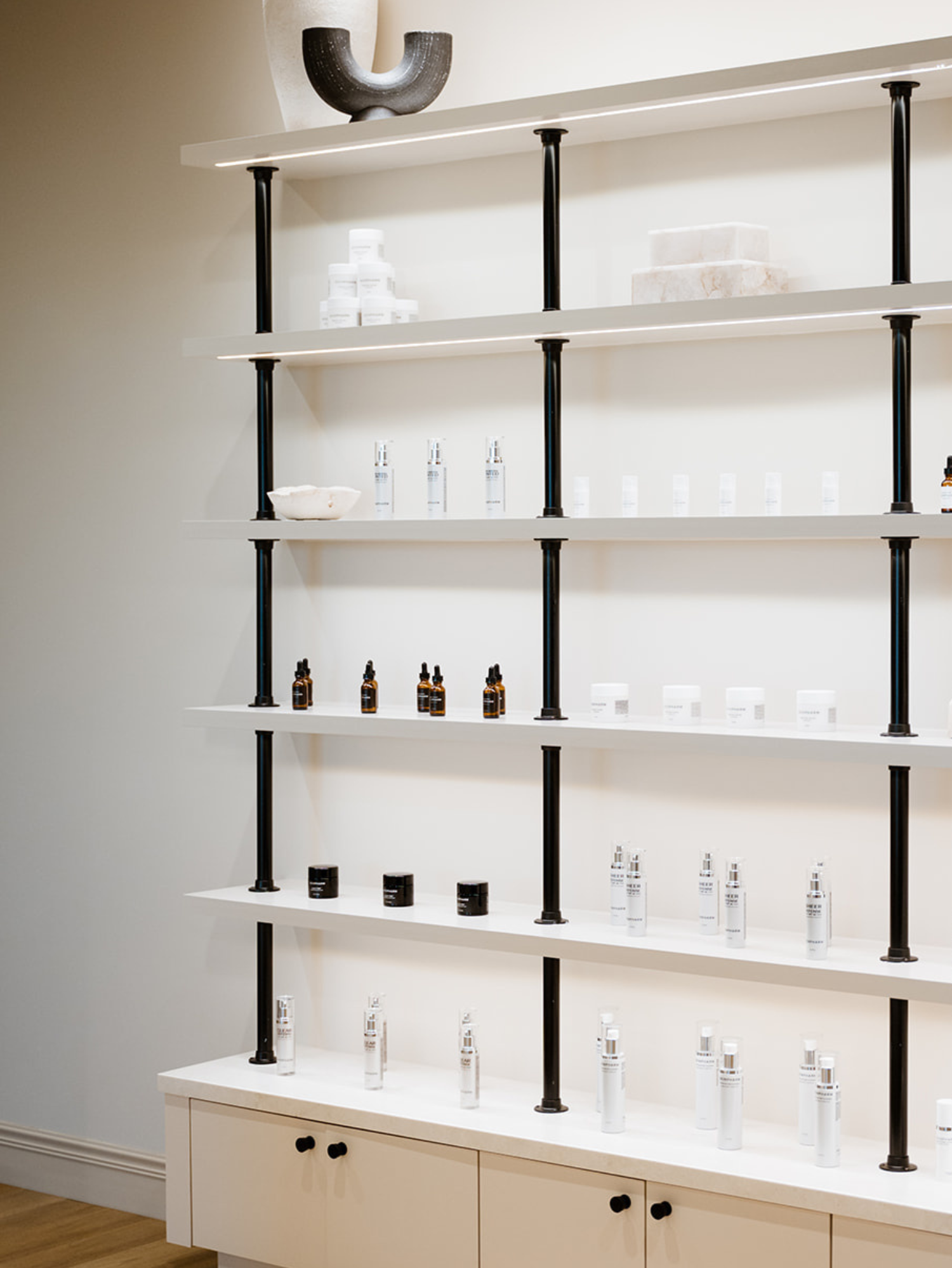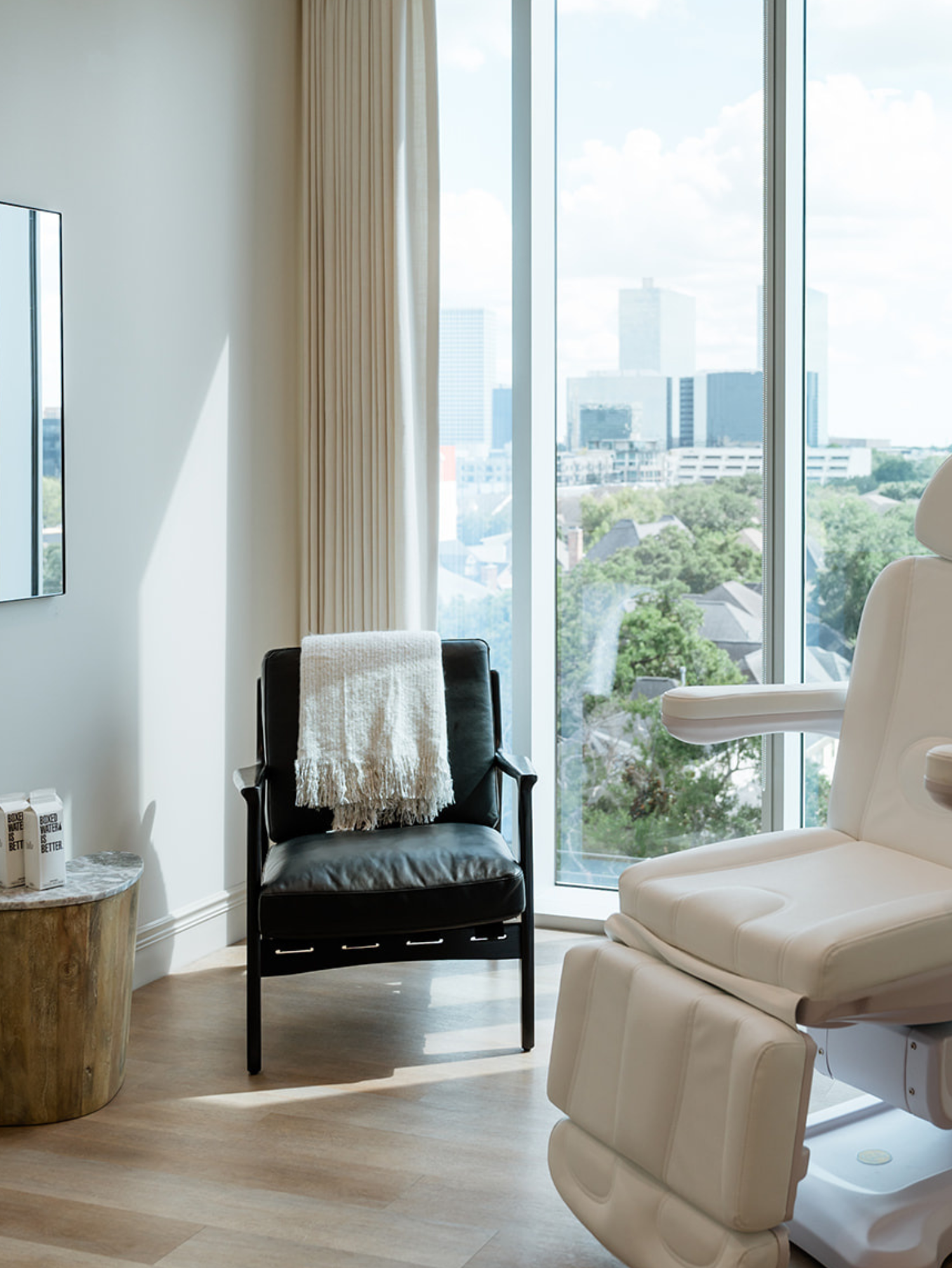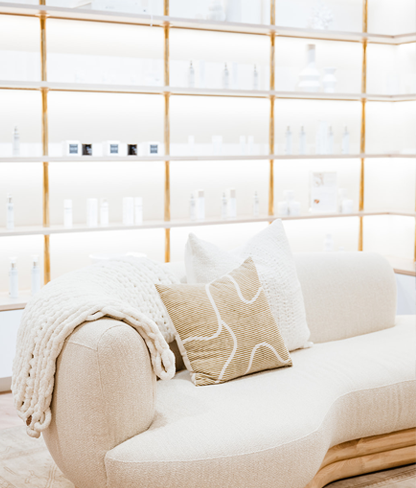Shop skin care
Clinics
VISIT OUR 9 CLINICS →
HOURS
Monday – Friday
9:30a – 5:30p
How to Add Glycolic Acid to Your Skin Care Routine

Designing a skin care routine can feel overwhelming, especially if you’re just starting.
If you’re looking for a skin care ingredient to give you specific benefits, where should you start? Which elements are the best for your skin, and how exactly can they help?
Getting to know the heavy hitters is essential to understand each of them better, which can help you achieve your skin care goals. Let Skin Pharm dig deeper into just one of them, glycolic acid so that you can learn how to use glycolic acid to live your best skin.
Hydroxy acid basics
To understand glycolic acid and the benefits it can provide, you must first understand hydroxy acids.
Hydroxy acids are naturally occurring, and you can find them in a wide variety of different organic products (primarily plants).
When we discuss the use of hydroxy acids in skin care, we focus on three groups - alpha-hydroxy acids (AHAs), beta-hydroxy acids (BHAs) and polyhydroxy acids (PHAs). The main difference between the three is which of the carbons the hydroxyl group is attached to.
Glycolic acid belongs to the first group — alpha-hydroxy acids. The majority of AHAs come from either fruit, milk, or sugarcane. In addition to glycolic acid, other commonly used AHAs include lactic acid, tartaric acid and citric acid.
In general, AHAs are known for being chemical exfoliators. If you’re not familiar with exfoliants, their main job is clearing dead skin cells from the surface of the skin.
Doing so provides the skin with a variety of different benefits, including:
- Promoting increased blood flow and collagen production
- Correcting discoloration
- Reducing the appearance of scars, age spots, surface lines and wrinkles
- Lowering the likelihood of breakouts
- Brightening the complexion
- Increasing product absorption
How glycolic acid works
But enough about AHAs, how does glycolic acid work? What makes it unique?
As far as AHAs go, glycolic acid is the most minor and straightforward. Because of that, it also has a lower molecular weight than the other acids in this category. That weight is what makes glycolic acid so effective — it is small enough to penetrate more deeply into the skin.
Instead of only working on the surface, glycolic acid can travel into the pores. That way, it can deliver its benefits from the inside out.
Once inside the skin, it stimulates a specific type of cell in the dermis — the fibroblast. If you’re familiar with anatomy, you’ll understand why this is so important. If you’re not or need a brief refresher, fibroblasts are the cells that secrete collagen proteins into the body.
Having a way to help your skin increase its collagen levels goes a long way to helping it feel firmer and look more youthful.
But glycolic acid works on the surface of the skin as well, specifically the stratum corneum. Of the four layers of the epidermis, the stratum corneum is the outermost.
A normally functioning stratum corneum consists of very closely packed layers of tightly bonded dead skin cells. Using glycolic acid helps loosen those bonds to make them more easily removed from the skin’s surface.
Specific benefits attributed to glycolic acid include:
- A smoother, more healthy-looking complexion
- More youthful-looking skin
- A reduction in the appearance of age and sunspots
- Less noticeable scar tissue
- Fewer blemishes and breakouts
How to use glycolic acid
First and foremost, glycolic acid products are best when used as part of your evening skin care routine. The main reason is that glycolic acid can increase the skin’s sensitivity to UV radiation from the sun.
As with any new skin care ingredient, it’s a good idea to do a patch test first. That involves applying a tiny amount of the product to a small area of your skin and monitoring it for 24 hours.
If you don’t notice any adverse reactions, such as irritation, redness, hives, or itching, you should be ok to use it safely on the rest of your face.
But what products are out there?
There are multiple face washes on the market that include glycolic acid as one of their main ingredients. Most have a smaller percentage of glycolic acid, which makes them safer to use on a nightly basis without the risk of irritation.
If you choose to incorporate glycolic acid into your routine via a face wash, this will be the first step. However, if you tend to wear makeup daily, you may want to use an additional product to help you remove it before washing. Micellar water works excellent in this regard.
If you’re worried about potential irritation, this may be the way to go. Glycolic acid face washes are an excellent way to help your skin get used to the ingredient without having to go all out.
And, because glycolic acid is considered water-soluble, it is rinsed just as easily off your face with water alone. That way, if you are sensitive to the ingredient, you don’t have to worry about the impact of allowing it more time on your skin.
No conversation about how to use glycolic acid would be complete without talking about serums and toners. They are by far the most common way to incorporate glycolic acid into your routine and are potentially the products that can provide the most benefit (at least of the over-the-counter options).
There are plenty of different options, which can get confusing if you don’t know what to look for.
Our favorite is Crystal Clear clarifying pads, which pack a punch while still being super easy to use. They do the work of toner in an easy, disposable form! Each pad includes not only glycolic acid but also lactic acid, salicylic acid (a BHA) and an exclusive botanical blend, including white mulberry and licorice root extract.
Serums and toners, in general, are some of the most effective ways to use glycolic acid. Instead of being rinsed off to the skin, they stay on it all night and continue to work even as you sleep. That way, you can wake up in the morning with beautiful, more even skin.
If you’re looking to make changes to the skin all over your body, glycolic acid comes in the form of various body polishes. These polishes help to extend the benefits of glycolic acid literally from head to toe. They can make your skin silky smooth and glowing.
Can glycolic acid be combined with retinol?
The benefits of glycolic acid may sound familiar to you. Many of the reasons people are attracted to glycolic acid are similar to what brings them to retinol. But can you use those two products together?
The answer is that it depends on your skin’s tolerance level. Due to the exfoliating properties of both, combining them may be too much for your skin. If you’re insistent on using them together, make sure that you’re doing it in a way that maintains your skin’s moisture barrier.
Exfoliants tend to damage this barrier, which can cause significant issues with skin irritation and dryness.
You may want to alternate glycolic acid and retinol on different nights, at least until your skin can adjust. If you notice any increase in skin irritation or peeling, you may want to stop using both for a while so you can focus on rehydrating the skin. You can always go back to using both ingredients once your skin has healed and is more resilient.
To sum things up...
Knowing more about how to use glycolic acid can help you make the most out of this unusual ingredient. Whether you start with a face wash, Crystal Clear clarifying pads or a body polish, incorporating glycolic acid into your skin care routine can help your skin to glow and look more youthful.
Learning how to love the skin you were born with and having ways to bring out the best in it is all you need to embrace the beautiful person you’ve always been.
SOURCES:
Glycolic acid peel therapy – a current review | PubMed (nih.gov)
